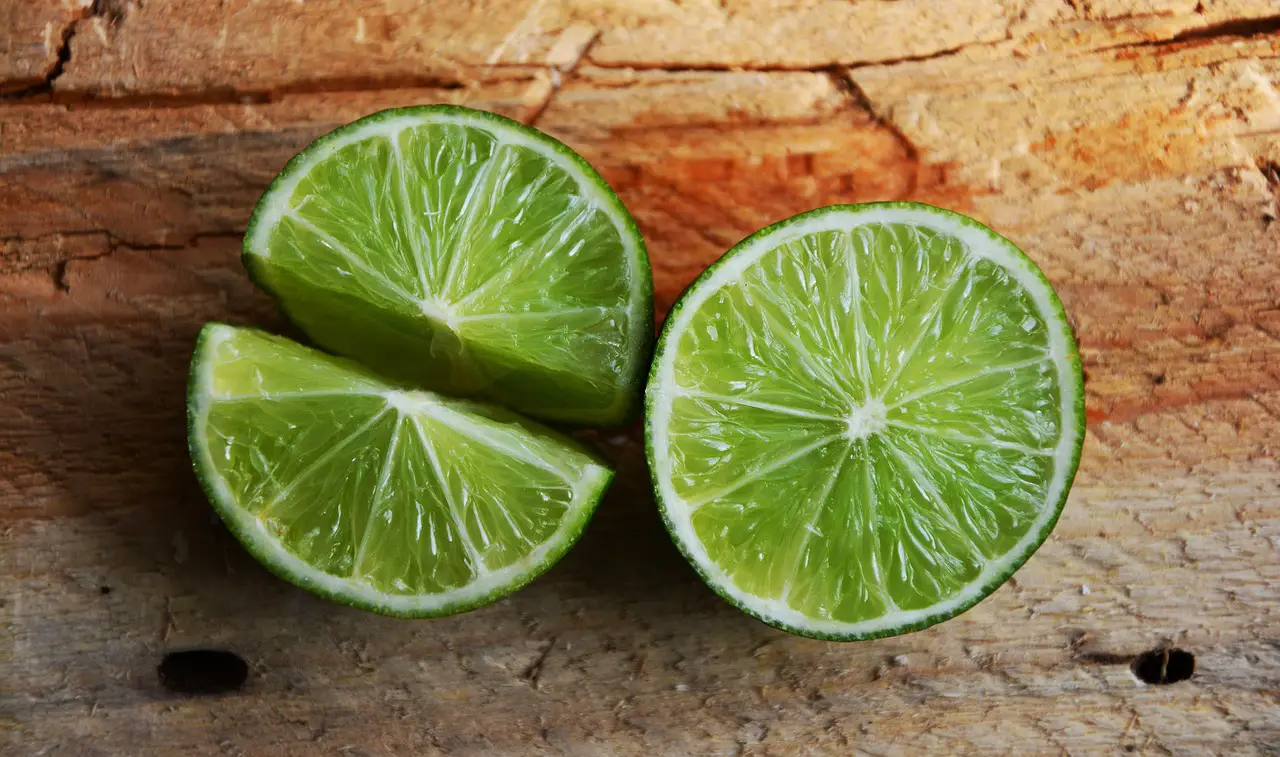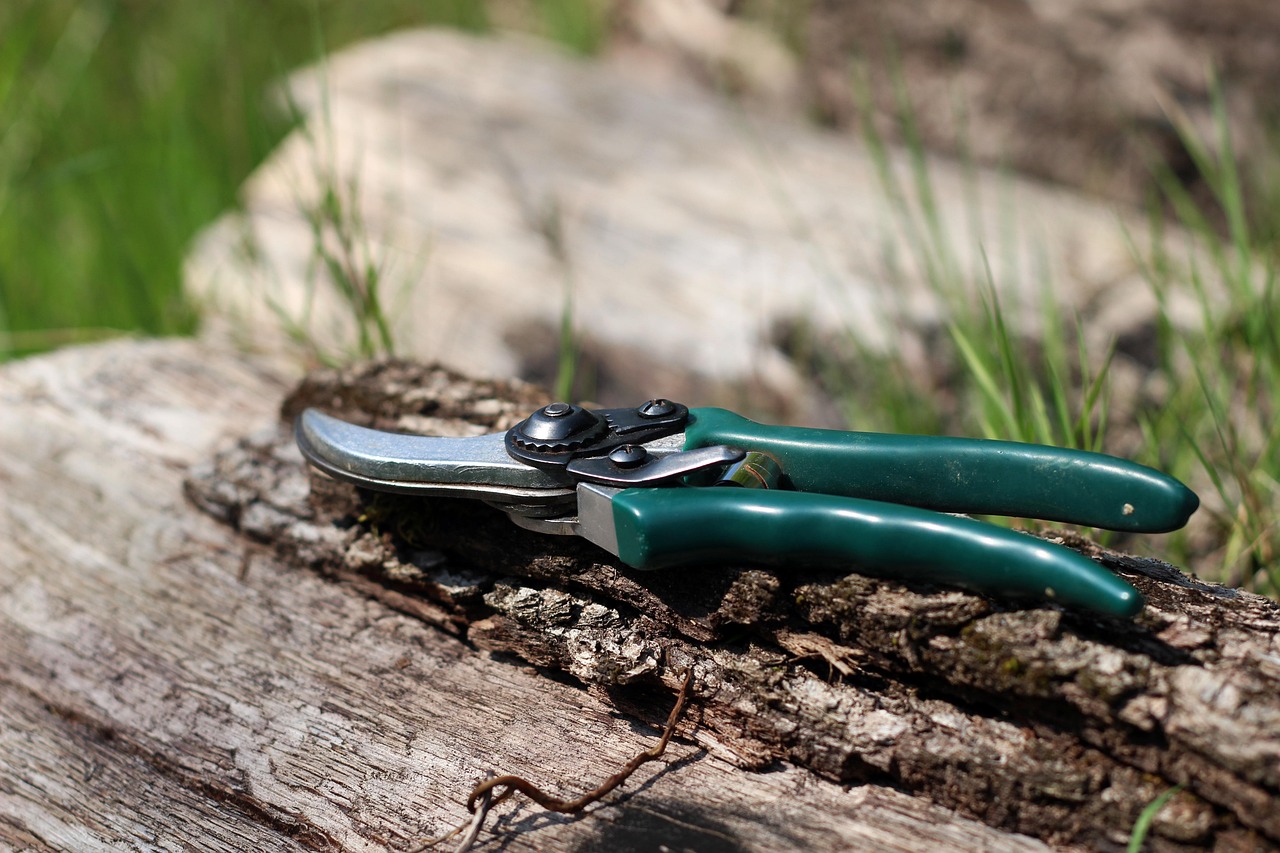Citrus grove tree pruning techniques for new growers focus on maintaining tree health, promoting fruit production, and ensuring proper airflow. Essential methods include understanding the best time to prune, using the right tools, and knowing how to shape the tree for optimal growth.
Engaging in citrus tree cultivation can be a rewarding endeavor. However, effective pruning is crucial for ensuring that your trees thrive and produce abundant fruit. For new growers, mastering pruning techniques is essential. Pruning not only shapes the tree but also enhances its overall health. It can help to remove dead or diseased branches, improve airflow, and allow sunlight to reach all parts of the tree.

Understanding the growth habits of citrus trees is vital for successful pruning. Different species of citrus may have unique requirements. Therefore, familiarizing yourself with your specific tree type will help you make informed decisions during the pruning process. Regular pruning promotes stronger branches and can lead to higher fruit yields.
Understanding Citrus Tree Growth
Citrus trees typically grow in a bushy shape with multiple branches. Their growth patterns affect how and when you should prune them. New growers should take note of the following growth characteristics:
- Citrus trees can grow rapidly, especially in their early years.
- Branches may become crowded, leading to competition for light and nutrients.
- Older trees may develop weak or dead branches that require removal.
The pruning process can vary depending on the age of the tree. Younger trees require shaping to develop a strong structure, while mature trees need maintenance to ensure they continue producing fruit efficiently. Understanding these differences is key for effective pruning practices.

Tools for Pruning Citrus Trees
Having the right tools is essential for efficient and safe pruning. The following tools are recommended for new growers:
| Tool | Description | Purpose |
|---|---|---|
| Hand Pruners | Small, handheld cutting tool. | Used for cutting small branches and stems. |
| Loppers | Long-handled pruners for thicker branches. | Ideal for cutting larger branches up to 2 inches thick. |
| Saw | Pruning saw or bow saw. | Used for removing larger, dead branches. |
| Gloves | Protective handwear. | Keeps hands safe from cuts and thorns. |
Using sharp and clean tools ensures that cuts are smooth and minimizes damage to the tree. It is also important to disinfect tools before use to prevent the spread of diseases between trees. Proper maintenance of your tools will make pruning easier and more effective.
Best Time to Prune Citrus Trees
Timing is a critical aspect of effective pruning. The best time to prune citrus trees is during their dormant season, typically late winter to early spring before new growth begins. This timing helps minimize stress on the tree and allows it to heal quickly as it enters the growing season.

Avoid heavy pruning in late summer or fall. This can encourage new growth that may not harden off before winter, leaving the tree vulnerable to cold damage. Light pruning throughout the year can be beneficial, especially in removing any dead or diseased wood as it appears.
Pruning Techniques for New Growers
New growers should be aware of several fundamental techniques when approaching citrus tree pruning:
- Shaping: Aim for an open center structure that allows light and air circulation.
- Thinning: Remove crowded branches to reduce competition and promote healthy growth.
- Heading Back: Cut back long branches to encourage bushier growth and fruit production.
- Cleaning: Remove any dead, diseased, or damaged wood throughout the year.
Each technique plays a role in promoting healthy growth as well as enhancing fruit production. As you become more familiar with your citrus trees, you will develop a better understanding of which techniques work best for your specific situation.

Engaging in regular observation of your trees will also help you identify when pruning is necessary. Remember that patience is vital; it may take time before you see significant results from your pruning efforts, but with consistent care, your citrus grove can flourish beautifully.
Common Mistakes in Pruning Citrus Trees
For new growers, understanding common mistakes can help improve your pruning skills. Avoiding these pitfalls can lead to healthier trees and a more fruitful harvest. Here are some frequent errors to watch out for:
- Over-Pruning: Removing too many branches can stress the tree. It may lead to reduced fruit production.
- Pruning at the Wrong Time: Cutting during the growing season or late fall can harm the tree. Always aim for the dormant season.
- Ignoring Tree Health: Failing to assess tree health before pruning can lead to unnecessary cuts. Always check for disease or damage first.
- Using Dull Tools: Pruning with dull tools can cause jagged cuts. This can make trees more susceptible to disease.
- Neglecting Cleanliness: Not disinfecting tools between trees can spread disease. Always clean tools before and after use.
By being aware of these mistakes, you can make better decisions regarding your pruning practices. A careful approach will ensure your citrus trees remain healthy and productive.
Signs That Your Citrus Trees Need Pruning
Recognizing when to prune is crucial for maintaining tree health. Here are some signs that indicate your citrus trees may need attention:
- Crowded Branches: If branches are crossing or growing too close together, it’s time to thin them out.
- Dead or Diseased Wood: Look for branches that appear dead, discolored, or infested with pests.
- Weak Growth: If your tree shows signs of weak growth or reduced fruiting, pruning may help stimulate healthy development.
- Size Management: If your tree has outgrown its space, trimming back can maintain a manageable size.
Paying attention to these indicators will help you make timely pruning decisions. Regular assessment of your trees is essential for optimal growth and fruit production.
Seasonal Pruning Practices
Different seasons present unique opportunities for pruning citrus trees. Understanding seasonal practices can enhance your results:
Winter Dormancy
The best time for major pruning is during winter dormancy. This period allows you to:
- Remove dead, damaged, or diseased branches.
- Shape the tree without disrupting new growth.
- Improve airflow and sunlight penetration for the upcoming growing season.
Spring Awakening
As your trees start to wake from dormancy, light pruning can be beneficial. This includes:
- Removing any remaining dead wood that may not have been addressed in winter.
- Shaping branches to encourage healthy growth patterns.
Summer Maintenance
During the summer months, focus on maintenance rather than heavy pruning. This includes:
- Regularly checking for pests and diseases and addressing issues promptly.
- Trimming back any suckers or water sprouts that may appear.
Autumn Preparation
In the fall, avoid heavy pruning as trees prepare for dormancy. Instead, focus on:
- Cleansing the area around the base of the tree to prevent pests.
- Applying mulch to protect roots during the winter months.
Advanced Pruning Techniques
Once you become comfortable with basic pruning methods, you can explore advanced techniques to further enhance your citrus trees’ health and productivity. Some of these methods include:
Crown Thinning
Crown thinning involves selectively removing branches throughout the canopy. This technique helps to:
- Increase light penetration to lower branches.
- Improve air circulation within the tree.
- Reduce the risk of disease by minimizing humidity.
Crown Raising
Crown raising focuses on removing lower branches to lift the canopy. Benefits include:
- Improved access for harvesting fruit.
- Reduced competition with other plants or shrubs below the tree.
Espalier Techniques
If space is limited, consider using espalier techniques. This method involves training trees to grow flat against a wall or trellis. Advantages include:
- Saving space in small gardens.
- Easier maintenance and harvesting.
Each of these advanced techniques requires practice and observation. As you gain experience, you will learn how to incorporate them effectively into your citrus grove management strategy.
Pruning for Fruit Production
Pruning is not solely about maintaining the health of your citrus trees. It also plays a crucial role in enhancing fruit production. Understanding how to prune effectively can lead to a more bountiful harvest. Here are some practices to consider specifically for fruit production:
Timing for Maximum Yield
Timing your pruning can significantly impact fruit yield. Here are key points to remember:
- Prune Before Blooming: Pruning just before the blooming period allows the tree to concentrate its energy on producing fruit.
- Remove Excess Fruit: Thin out small fruits early in the season to allow the remaining fruits to grow larger and more robust.
By practicing thoughtful timing in your pruning, you can encourage your trees to invest their resources in producing fewer, higher-quality fruits.
Pruning Techniques for Better Fruit Quality
Different pruning techniques can enhance the quality of the fruit produced. Consider these methods:
- Targeted Cuts: Focus cuts on branches that produce poor-quality fruit. This directs energy toward healthier branches that yield superior fruit.
- Selective Thinning: Remove some fruits during the fruiting stage to enhance air circulation and light penetration, resulting in better fruit development.
Pest Management Through Pruning
Pest management is another essential aspect of maintaining healthy citrus trees. Pruning can help control pests and diseases. Here are some strategies:
Identifying Pest Problems
Regularly inspect your trees for signs of pests. Common indicators include:
- Discoloration or wilting leaves.
- Visible insects on branches or leaves.
- Yellowing or dropping fruit.
Identifying these issues early allows you to take action before they escalate.
Pruning as a Preventive Measure
Implementing proper pruning techniques can significantly reduce pest problems:
- Remove Infected Branches: Cut away any branches showing signs of disease or pest infestation to prevent spreading.
- Increase Airflow: Maintain an open canopy to improve airflow, which helps reduce humidity levels that attract pests.
Common Citrus Tree Pests and Their Management
As a new grower, being aware of common citrus pests is vital. Below are several pests that may affect your trees along with their management strategies:
| Pest | Description | Management Strategies |
|---|---|---|
| Aphids | Small, soft-bodied insects that suck sap from leaves. | Use insecticidal soap or introduce beneficial insects like ladybugs. |
| Citrus Leaf Miner | Lays eggs on leaves, creating winding tunnels as larvae feed. | Remove infested leaves and consider using pheromone traps. |
| Citrus Thrips | Small insects that cause scarring on fruit and leaves. | Apply organic or synthetic insecticides as needed and maintain tree health. |
| Scale Insects | Tiny pests that cling to branches and leaves, sucking sap. | Use horticultural oils or insecticidal soap to control infestations. |
Regular monitoring and prompt action against these pests will help keep your citrus grove healthy and productive. Proper pruning techniques can support your pest management strategy effectively.
Nutritional Needs of Pruned Citrus Trees
A well-pruned citrus tree requires adequate nutrition to support new growth and fruit production. Here are some essential nutrients and their roles:
- Nitrogen: Promotes leafy growth and overall vigor.
- Phosphorus: Supports root development and flower formation.
- Potassium: Enhances fruit quality and disease resistance.
The right balance of these nutrients will help ensure that your trees thrive after pruning. Consider conducting soil tests to identify nutrient deficiencies and adjust fertilization accordingly.
Watering Practices Post-Pruning
After pruning, proper watering practices are essential for recovery and growth. Here are best practices to follow:
- Avoid Overwatering: Ensure the soil has good drainage to prevent root rot.
- Consistent Moisture: Keep the soil consistently moist but not soggy during the recovery period.
By monitoring water levels after pruning, you can help your citrus trees bounce back and thrive in the growing season ahead.
Long-Term Care for Citrus Trees
Maintaining healthy citrus trees goes beyond seasonal pruning and immediate post-pruning care. Long-term care practices are essential for the ongoing health and productivity of your grove. Here are several key areas to focus on:
Regular Monitoring
Consistent observation of your trees is vital. Regularly check for signs of stress, pests, or disease. Key aspects to monitor include:
- Leaf Color: Watch for yellowing leaves, which may indicate nutrient deficiencies or water issues.
- Fruit Development: Assess the size and quality of fruit as it develops.
- Pest Activity: Look for any signs of pest infestations and address them promptly.
Keeping a close eye on your trees will allow you to make informed decisions about care and interventions as needed.
Soil Health Management
Healthy soil is the foundation of robust citrus trees. Here are tips for managing soil health:
- Organic Matter: Incorporate organic matter, such as compost, to improve soil structure and fertility.
- Mulching: Apply mulch around the base of trees to retain moisture, suppress weeds, and gradually enrich the soil.
- Soil Testing: Conduct periodic soil tests to assess nutrient levels and pH balance.
By focusing on soil health, you can create an optimal growing environment for your citrus trees.
Fertilization Regimens
Citrus trees have specific nutritional needs that vary throughout the year. Establishing a fertilization regimen tailored to your trees will support their growth:
- Spring Fertilization: Apply a balanced fertilizer in early spring to promote new growth.
- Summer Boost: Consider a second application in mid-summer to support fruit development.
- Fall Preparation: A light application in the fall can help prepare trees for winter dormancy.
Make sure to follow manufacturer instructions on fertilizer application rates to avoid over-fertilization, which can harm your trees.
Irrigation Practices
Irrigation is crucial for citrus tree health, especially during dry periods. Consider these practices:
- Drip Irrigation: This method delivers water directly to the root zone, reducing waste and preventing disease.
- Watering Schedule: Adjust watering based on rainfall and temperature, ensuring trees receive adequate moisture without overwatering.
Efficient irrigation practices will help maintain healthy trees while conserving water resources.
Final Thoughts
Caring for citrus trees involves understanding pruning techniques and implementing proper management strategies. New growers should focus on learning essential skills such as recognizing the right time to prune, using the appropriate tools, and applying effective techniques tailored to their specific trees.
The benefits of proper pruning extend beyond aesthetics; they include improved fruit quality, enhanced disease resistance, and increased yields. Long-term care practices such as regular monitoring, soil management, and irrigation are critical for maintaining healthy citrus trees throughout their lifecycle.
By staying informed about pest management and nutritional needs, new growers can cultivate a thriving citrus grove. Remember that patience and observation are key components of successful citrus cultivation. As you gain experience over the seasons, your confidence in managing and nurturing your citrus trees will grow, leading to fruitful rewards in the years ahead.
